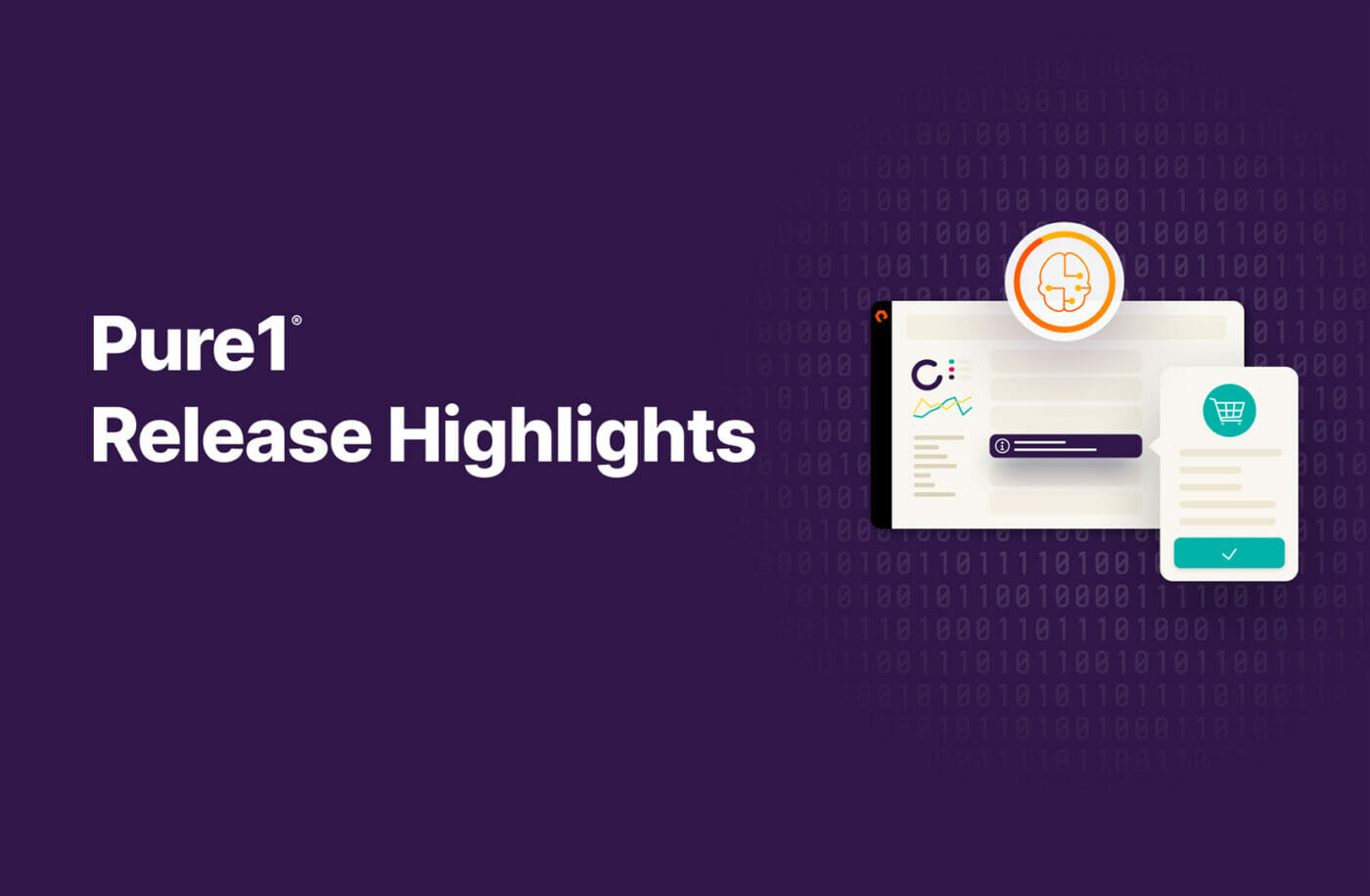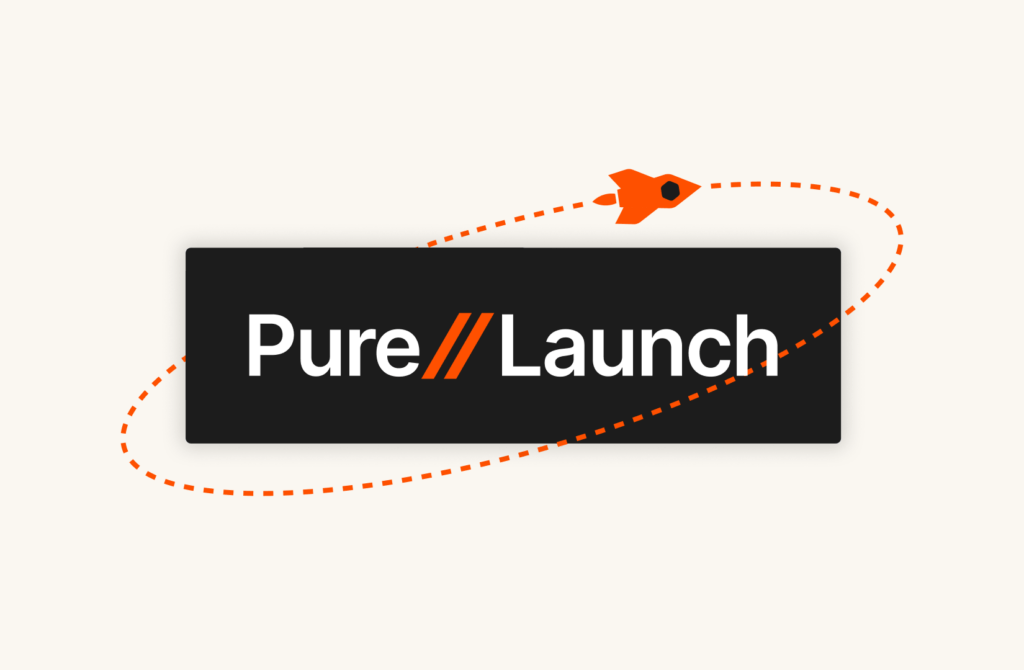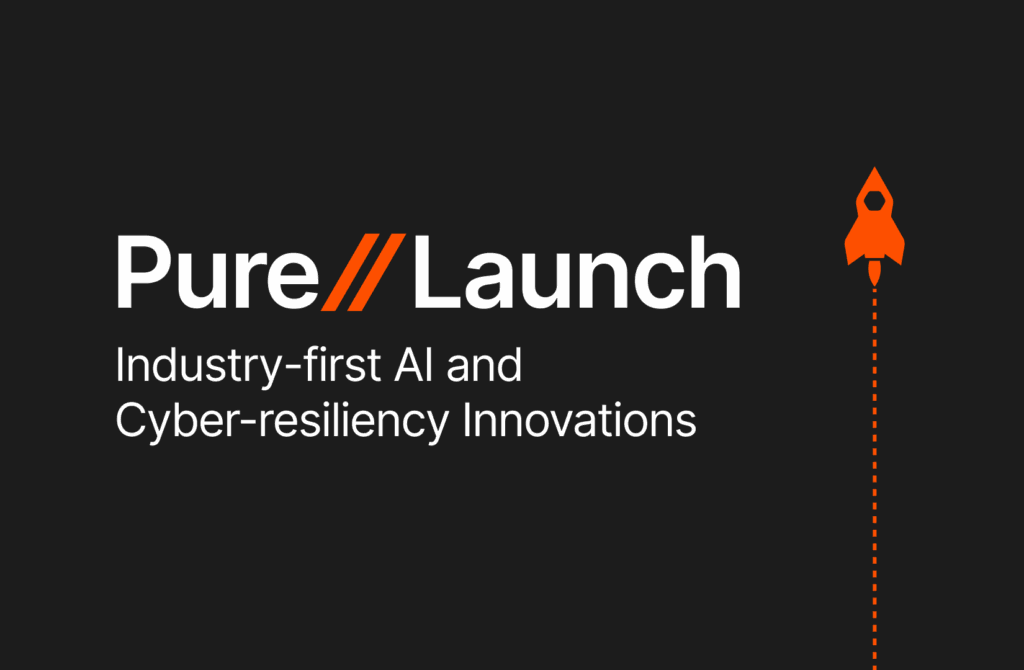Creating an effective hybrid cloud strategy despite immense transformations in data management complexity isn’t easy. Discover how Pure Storage® helps Managed Service Providers (MSPs) and other organizations by enabling true hybrid cloud.
“62% of enterprises now use a hybrid IT environment with integrated on-premises systems and off-premises cloud/hosted resources; 39% of enterprises will be running the bulk of their workloads in public clouds by 2020, while 35% will be running workloads in a combination of hosted and on-premises private clouds by 2020.”
– Carl Lehman, Principal Analyst, 451Research, August 2019, Hybrid Cloud Management & Integration
Organizations today face tough challenges. Constantly evolving infrastructure and technology offer great opportunities to reduce overall IT cost, improve efficiency and performance, and reach challenging business objectives.
However, organizations have to evolve and build connectivity to hybrid clouds so they can put the right workloads in the public clouds, with the MSPs, or on-prem.
The bottom line is MSPs also have to evolve and offer hybrid cloud connectivity and services to keep up with their customers’ needs.
The Challenge Building a Hybrid Cloud
Building a hybrid cloud architecture presents several challenges: fragmented silos; incompatible application and database architectures; legacy storage vendors and their infrastructures, management and consumption experience; and much more.
The list of obstacles can feel very long.
However, if these challenges are overcome, a hybrid architecture built on Pure Storage gives MSPs great cost efficiencies. It means you don’t have to increase headcount, because, thanks to Pure’s architecture, Pure’s arrays are built for simplicity, easily monetize hybrid services, and deliver ease of operations and management capabilities.
5 Hybrid-cloud Questions MSPs Must Address
MSPs have to address the following when they architect a hybrid cloud:
- Managing risk: Can MSPs deliver on key service-level agreements (SLAs) when infrastructure is not on their footprint?
- Cost-effectiveness: Can the acquisition and management of customers be done without paying excessive costs to a third-party cloud?
- Data portability/mobility: Is it possible to deliver a truly simple hybrid cloud and move data easily from on-premise to the MSPs’ clouds or the public cloud?
- Technology and expertise: Does the MSP have the cloud transformation expertise and technological infrastructure to achieve this?
- Can hybrid be truly better? Will the customer actually extract all the benefits that they set out to achieve despite all the challenges?
Enabling Hybrid Cloud for MSPs
Change to Pure solves these issues by applying four pillars to achieve: the Modern Data Experience.
- Cloud everywhere: Pure’s cloud-ready, data-centric architecture enables you to build your cloud, run it, and protect it anywhere. Pure’s architecture is hybrid-by-design.
- Subscription to innovation: Pure’s architecture is engineered to stay current. Evergreen Storage™ breaks the legacy storage providers’ extortion model that forces you to repurchase all hardware, software, and maintenance contracts every few years. With an Evergreen subscription from Pure, contract customers get upgradable hardware, white-glove support, non-disruptive upgrades, no data migration, and right-size guarantees for their environment. In effect, MSPs get great operational efficiency and up to 50% lower TCO. We believe flexible consumption models are the future. So Pure simplifies the cloud consumption model with Pure as-a-Service, which offers one subscription for on-premises and public-cloud storage-as-service in a flexible usage-based pricing model. This gives the MSPs an OPEX-only model and the ability to scale capacity up or down.
- Deep integration with private clouds: Pure Storage delivers comprehensive integrations with VMware, Microsoft, and OpenStack clouds. This provides an automated, effortless, and cost-optimized hybrid-cloud infrastructure for the MSP. The result: dramatic flexibility to build and launch an MSP cloud without extra devices or software application installation, configuration, or future maintenance. Pure’s API-first approach, as well as the FlashArray™ plug-in for VMWare’s vRO (vRealize Orchestrator) and VVD (VMware Validated Design) complete this picture. This provides a fully automated array experience: configuration, orchestration, provisioning, maintenance, and disaster recovery activities—everything is simple. This architecture makes it very easy for the MSP to quickly launch a private or hybrid cloud environment of their choice.
- Pure Cloud Block Store (CBS): Pure Cloud Block Store™️ for Amazon Web Services (AWS) offers industrial-strength block storage delivered natively in the cloud. Powered by Purity software, CBS enables mission-critical applications to run on the cloud seamlessly, while also making cloud storage more powerful for web-scale applications. It drives true hybrid operations with consistent data services, resiliency, and APIs, plus bi-directional mobility and seamless management and orchestration. CBS offers MSPs the ultimate agility: faster application development and the ability to free applications from specific infrastructure.
These four pillars address both architectural and consumption challenges, making it very easy for an MSP to produce a hybrid cloud.
With Pure, data is easily portable between the clouds, flexible consumption model options assist with managing both risk and cost, and MSPs’ end-customers extract enhanced value. Compared to a legacy storage vendor, Pure helps MSPs get a hybrid cloud that’s easily architected, quickly built, offers painless long-term maintenance, and dramatically reduces time-to-market.
Learn more about MSP solutions from Pure.




